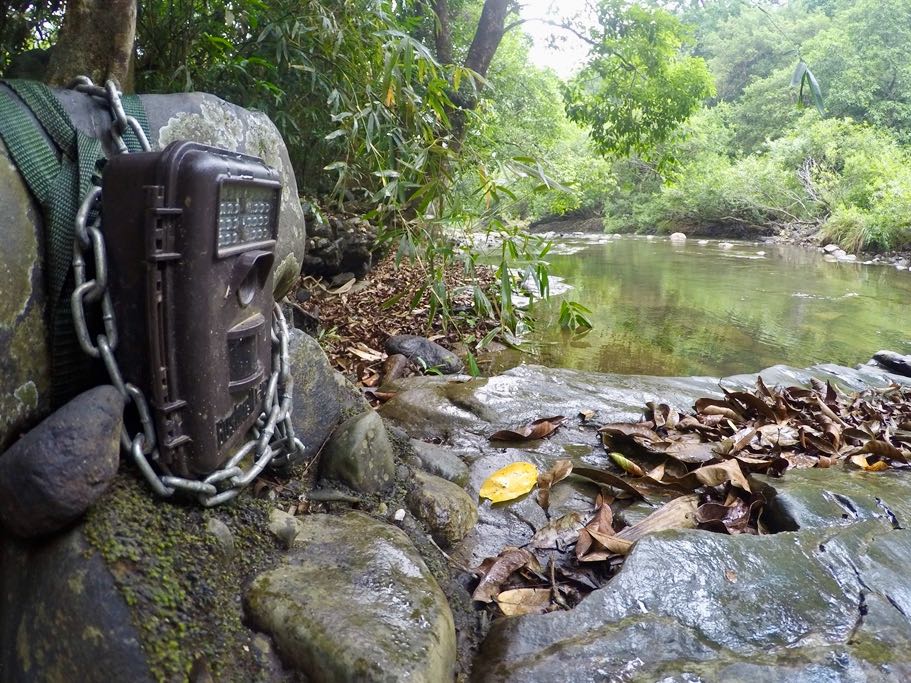

In the ever-changing tapestry of life on Earth, mammals have carved out a niche as some of the most charismatic and influential creatures. From the majestic elephants of Africa’s savannas to the elusive snow leopards of the Himalayas, mammals play a pivotal role in ecosystems worldwide. Yet, their existence is under constant threat from habitat loss, climate change, and human activities. To safeguard the future of these remarkable beings, we must turn to a powerful yet often overlooked tool: long-term mammal monitoring and surveys.
Picture a world where the delicate balance of nature unravels because we’ve lost touch with the heartbeat of our wild spaces. Unfortunately, this scenario is all too real in many places around the globe. Species have vanished, habitats have degraded, and the consequences of our ignorance are felt across the planet. But there is a way forward.
The Forgotten Guardians of the Wild
Conservation success stories often make headlines, featuring breathtaking images of species on the brink of extinction making remarkable comebacks. However, these stories rarely shed light on the dedicated scientists and researchers who commit their lives to understanding, protecting, and conserving our planet’s wildlife. Long-term monitoring and surveys form the backbone of their efforts, systematically collecting data on mammal populations, distribution, behaviour, and ecological interactions over extended periods. But why are they so vital?
The Power of Knowledge: Protecting Habitats and Species
Imagine trying to solve a puzzle without all the pieces. This is precisely what conservationists face when trying to protect habitats and species without comprehensive data. Long-term monitoring provides the missing pieces, enabling us to create effective conservation strategies.
One shining example comes from the elusive Himalayan Snow Leopard (Panthera uncia) project showcasing the power of long-term monitoring in India’s wildlife conservation efforts, particularly in the Himalayan region. Long-term monitoring initiatives have been instrumental in understanding the distribution, behaviour, and population status of these magnificent big cats. By using techniques as simple as camera traps and community-based monitoring, researchers have tracked their distribution and population status. This effort has yielded promising results, offering hope for the survival of this charismatic species in the region.
The Consequences of Ignorance: A Tale of Loss
Sadly, the absence of long-term monitoring and surveys has dire consequences. Take the case of the Malabar civet (Viverra civettina), a small, elusive carnivore found in the Western Ghats of India. It was once relatively common, but habitat destruction and poaching led to a sharp decline in its population. The lack of comprehensive long-term monitoring and conservation actions resulted in the Malabar civet becoming critically endangered and possibly extinct, as confirmed sightings have become exceedingly rare.
Similar tales of loss unfold across the world as habitats are cleared for agriculture, forests disappear due to logging, and pristine landscapes vanish beneath the bulldozer’s blade. The urgency of long-term monitoring becomes clear as we witness entire ecosystems unravelling, with the delicate threads that hold them together slipping through our fingers.
Simplicity in the Midst of Complexity
One of the remarkable aspects of long-term monitoring is the simplicity. While the challenges faced by conservationists are often complex, the basic principles of data collection are not. These surveys often involve techniques as simple as camera traps, scat analysis, and field observations.
For example, camera traps have revolutionized the way we study elusive mammals such as tigers and leopards. These unobtrusive devices silently record the comings and goings of wildlife, providing invaluable insights into their behaviour and distribution. The simplicity of camera traps has made them a game-changer in conservation, allowing researchers to gather data without disturbing sensitive species.
Long term monitoring efforts give us the tools to track the impacts of climate change, habitat loss, and human activities. They allow us to make informed decisions, implement effective conservation strategies, and ensure that future generations inherit a world rich in biodiversity.
Engaging Local Communities for Sustainability
To truly make long-term monitoring and surveys sustainable, we must engage local communities. These individuals are the guardians of the land, intimately connected to the ecosystems that surround them. By involving them in monitoring efforts, we can foster a sense of ownership and responsibility for the conservation of their natural heritage.
In the end, it’s not just about saving charismatic mammals like lions, pandas, or dolphins; it’s about safeguarding the delicate dance of life on Earth. It’s about preserving ecosystems that provide us with clean air, fresh water, and fertile soil. It’s about understanding that our fate is intricately linked to the fate of every creature that shares this planet with us.
So, the next time you come across a conservation project or read a success story, take a moment to appreciate the dedicated individuals behind the scenes, collecting data in the wild, and tirelessly working to protect the world’s mammals. And remember, you too can be a part of this global effort to conserve our natural heritage. Support and advocate for long-term monitoring and surveys, for in them lies the hope for a wilder, healthier, and more harmonious planet.
